
‘Now is the time to reeducate yourself,’ says Alexandra Donohoe Church
‘Now is the time to reeducate yourself,’ says Alexandra Donohoe Church
Share
Read the books you’ve been meaning to read and tackle all the back burner jobs one at a time is the advice from interior designer Alexandra Donohoe Church.
In another of our virtual fireside chats with Australian architects and designers about leadership in the time of COVID-19, the founder of Sydney’s Decus Interiors is the dream boss.
Her leadership style is approachable and amicable, but she’s so much more than just good vibes and positive thoughts. Her advice is well-grounded and truly helpful. The sort of ‘lemons into lemonade’ stuff you wish you knew five weeks ago when the lockdown began.
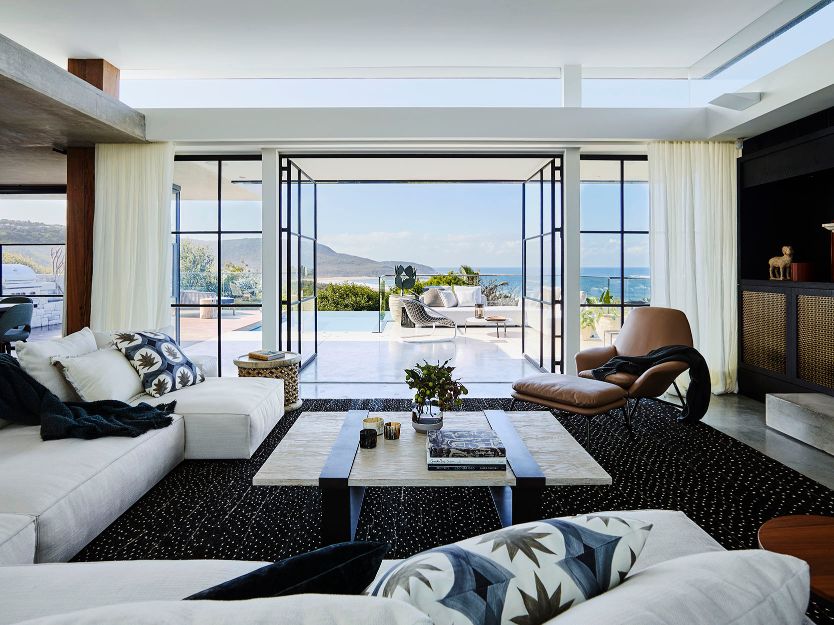
How has your studio adapted to remote work?
Alexandra Donohoe Church: We were all set up with a Chrome Remote Desktop. So basically if I were to sit in the studio at the moment, everyone’s computer screen would be moving, but no one’s there. So everyone is mirroring in to their desktop from home with access to all the files and resources on the server. Aside from a few server reboots, which honestly probably would have had to happen anyway, it’s been pretty good. I certainly wouldn’t say we were prepared, but I’ve been really impressed with how everyone’s managed to just adapt.
You mentioned making sure all your staff members were Occupational Health and Safety compliant. What do you mean by that?
ADC: My first priority was making sure everyone had a comfortable and ergonomic place to sit. I spent the first one or two weeks watching webinar after webinar.
Everyone seemed to be doing these fantastic kind of webinars on how to handle something like this. How do you speak to your team and motivate people because obviously everyone’s personalities is different and they all respond differently to isolation.
And one of the things I noticed is that in having all the relevant and requisite insurances in our physical office, we were still responsible for everyone’s wellbeing offsite too. So we sent a mandate out to the team that asked them to send a photo that showed they were comfortable and had everything they needed to work safely. We don’t need anyone going to the physio with a broken back because of this.
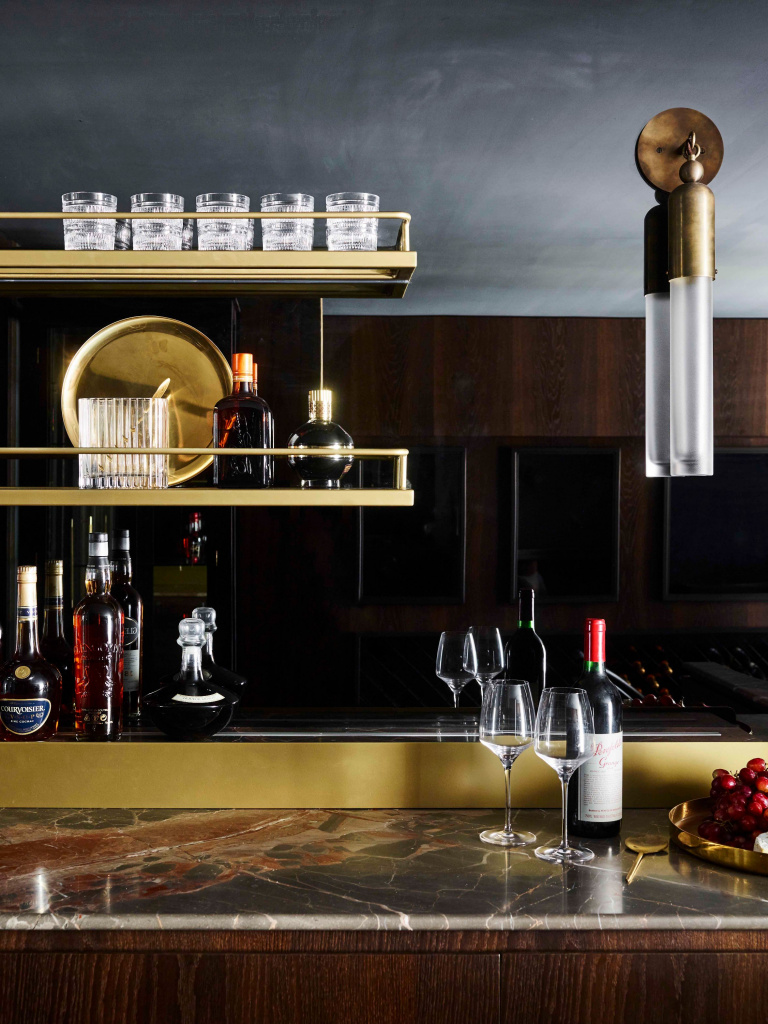
Has your focus as a business leader shifted?
ADC: We’ve always been really interested in looking at what we do and trying to improve. We started a decade ago with me at my kitchen table, so everything we do now is the result of trial and error. We spend a lot of time and energy in internal training sessions, we do a big workshop, we vision out what we want for the year and we check in constantly in addition to our usual reviews. So there’s always been an appetite to talk about what is and isn’t working. However it’s a lot easier to have those conversations when the economic markets are a bit more stable and predictable.
How are you maintaining a studio culture and a sense of team?
ADC: I’ve had to think more about how to ensure people are feeling connected if they’re not physically in a place and you can’t just stop by their desk and say hi or give them a high five or a give them a hug or a kiss on the cheek. Zoom has its amazing pros, but it’s really hard to feel connected with people on a screen.
So at the start of each team meeting, I have a five minute pep talk about how everyone is going. We’re lucky that everyone is pretty open and then we’ll talk about a movie we watched on the weekend maybe or a really great playlist, since we usually listen to the same playlists, or some meme that we’ve seen. We have a general social catch up and then I ask if anyone is struggling. Is there anything anyone needs? Is there anything we can get you?
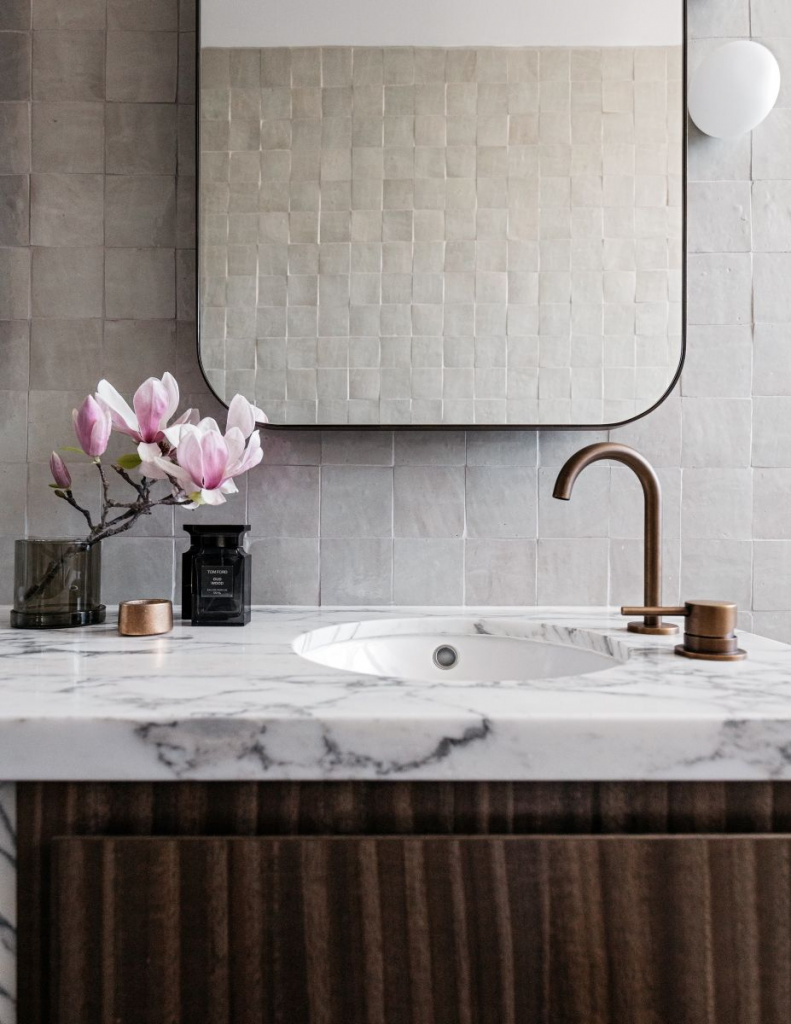
How are you addressing mental health and wellness?
ADC: The office is still physically open and we can schedule for people to come in for a few hours if they need to and feel like having someone to chat to at the other end of the building. It lifts people’s spirit and gives them somewhere to go.
We have Friday night drinks and we had a trivia night where the girls dressed up in heels and makeup to keep the revelry going.
What has been your biggest challenge so far?
ADC: Communicating concepts has been difficult because our clients might not naturally be people who are great visualisers. When you’re in a meeting and you’re sitting across the table from someone with sketches and samples, it’s already hard enough to understand.
The challenge has been trying to convey 3D and spatial concepts to clients who don’t already think that way. Zoom has been helpful, but it’s just a different tempo. You have to slow down and you have to articulate things in a really calm and slower paced way.
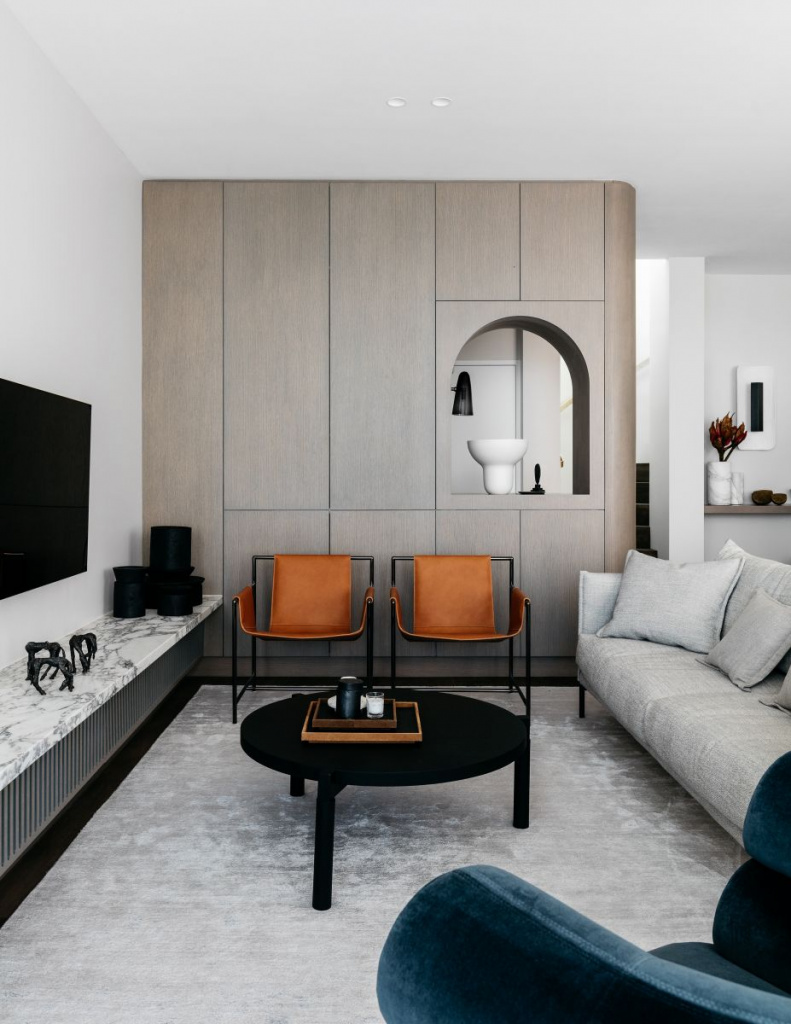
How are you communicating with clients?
ADC: We’ve had two lines of communication. The first is that while there is all this downtime and our clients are confined to their four walls, they really need something joyful to look forward to, somewhere to convert their efforts and their energy. So my view is: ‘Guys, let’s work on the design. We may not be able to build straightaway, but we can still design and we can still workshop and we can still have these conversations with you now. And then when things return to normal, we can kick right back off with the next step.
This is the perfect time. We’ve got your almost undivided attention. You’re stuck at home and you’re realising home is more crucial than ever and you’re focused on it more than ever, so let’s get it all in the pipeline.’
Then other line we’ve been following is that it’s not all negative. There might be less people building in the future, so more competition for the work and this might affect the pricing of a project in the client’s favour. So I suspect in 3-4 months, we’ll see a drop in the cost of labour, so that might yield a better outcome for the client.
How are you staying creative?
ADC: Reading about how other people do things and their design ideology. I’ve been reading Sam Marshall’s The Breeze Block Book and a book about Spanish architect Ricardo Bofill. It’s really fascinating to jump out of my space and think about history and then bring that back into conversations around creativity. Like why do we have to do that? What about if we tried it this way instead? Isn’t that amazing?
There’s a certain amount of inertia that comes from scrolling all the time. It becomes consume, consume, consume rather than contribute, contribute, contribute. But when you’re reading, you absorb it all and then you come back to a problem you had with a way of contributing that I think is inherently different to just looking at images.
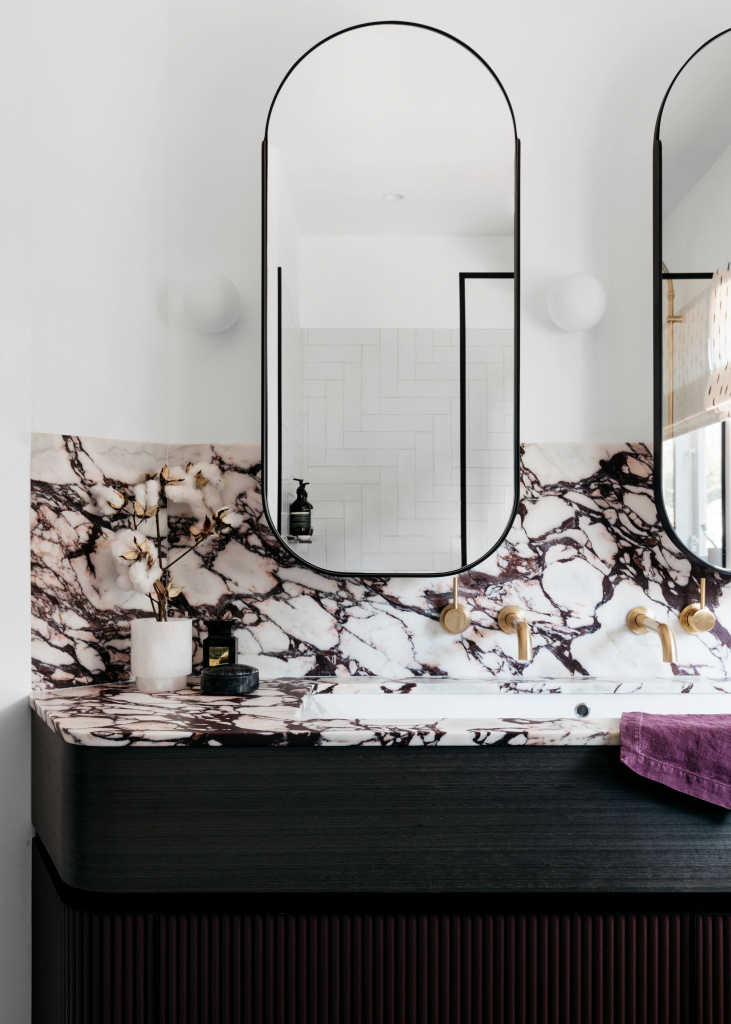
What advice do you have for practices/studios that have had projects cancelled or postponed?
ADC: We’ve seen a slow down in things because clients have started to question deadlines or they’ve had big life events that aren’t happening now.
So what we’re doing, and what we urge everyone else to do, is look at all of those areas you put on the back burner. List out what they are and tackle them one at a time.
So for example, we’re running a weekly masterclass session in house. So we’ve come up with a list of 20 things that we’ve all said we’re going to do more research on and now we’re doing weekly team webinar.
So one of the teams will run that and it’ll be on anything from what needs to be in meeting minutes, time sheeting and time spent verses costs to business, or why we charge that rate and how projects are costed and projected through to construction detailing and really boring stuff like how do you appropriately name your files and why? We’re doing all those little things that improve our processes and benefit our team.
Now is the time to reeducate yourself, read all the books rather than scrolling. Take that book home and read the damn thing.
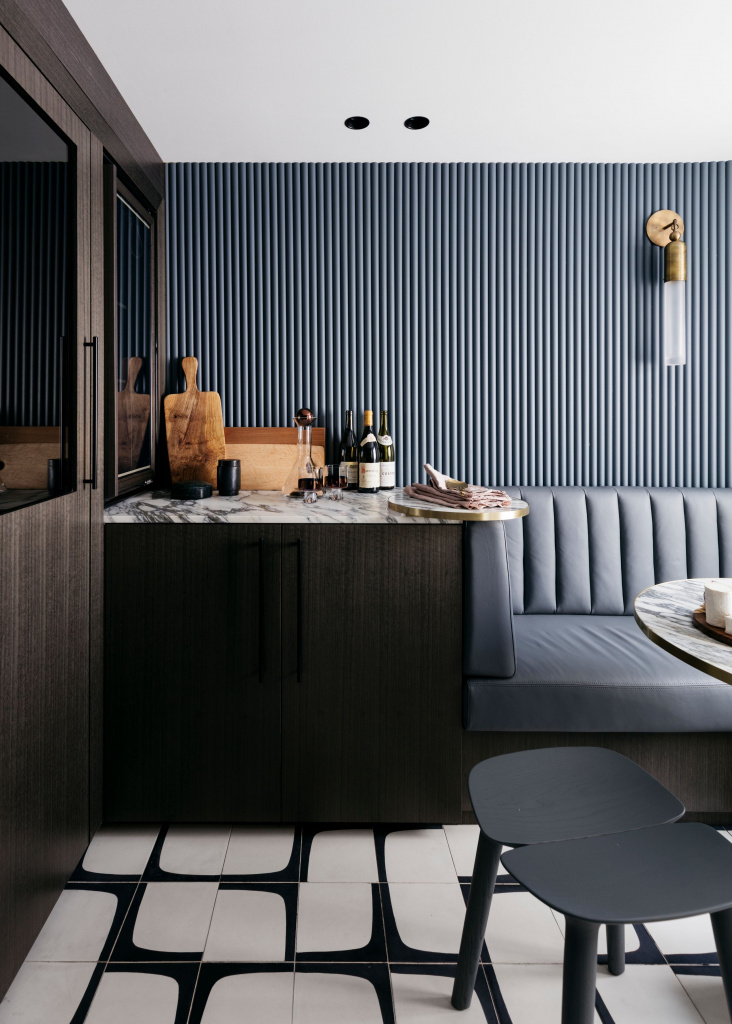
Is there anything you’re looking forward to when this is over?
ADC: One of the things that happens when people experience significant changes is they freeze in the headlights and they go, ‘Oh, I don’t know what I should do’. I think when we feel optimistic and look to the future, people really focus on possibilities. The idea that anything is possible. No one’s really thinking like that right now. I’m looking forward getting back to that mindset.
Read our other leadership-during-COVID-19 Q&As with interior designer and director Kate Challis, lighting designer Nicci Green, property developer Shannon Peach, architecture studio Greenbox Architects and Paul Conrad Architects principal Paul Conrad.
Stay up-to-date with our coverage of the A&D industry and coronavirus with our dedicated COVID-19 resources page and hear messages of hope and advice from Aussie architects and designers in our Working from Home video series.
Lead photo of Alexandra Donohoe Church supplied.
















